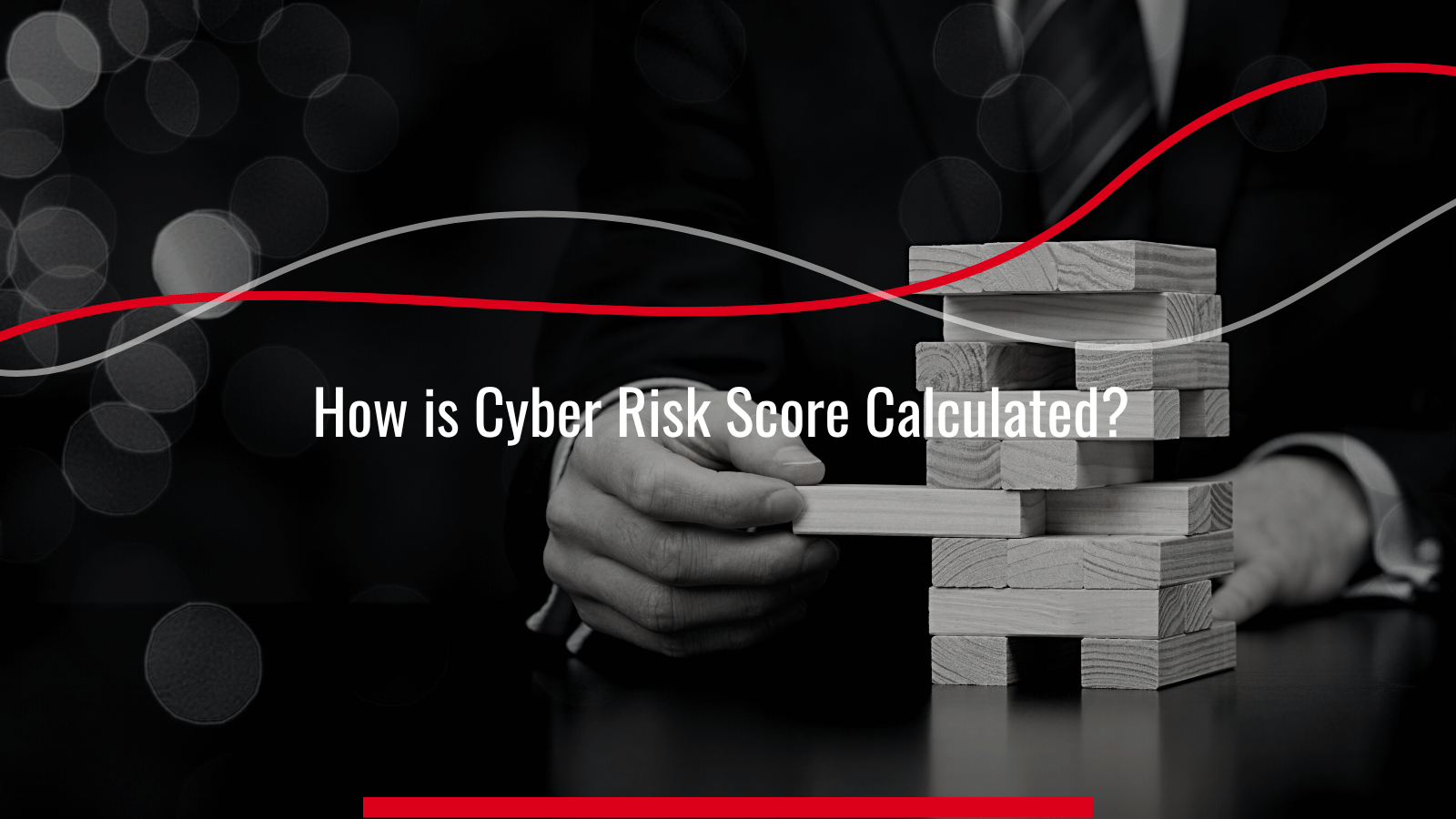Cyber Risk as a Threat to Financial Stability
While modern technologies can potentially improve corporate operations, they also pose new risks to companies.

Although cybersecurity is emerging as a top priority for businesses worldwide, C-level executives and other non-cybersecurity professionals still find it difficult to understand; therefore, its complexity can be reduced to a numeric percentage-based index known as the cyber risk score.
Increasing numbers of businesses rely on the cyber risk score to verify the credibility of vendors involved in internal vulnerability management. Accordingly, this article offers a thorough definition of cyber risk score, its methodology for calculation, and expert recommendations for improving the score.
A cybersecurity risk score quantifies a company's vulnerability to cybercrime, and IT flaws losses. A company's cyber risk score functions as a kind of credit score for cybersecurity, assisting the company in evaluating potential vendors and managing its own vulnerabilities.
It helps the company assess its cybersecurity strategy and develop plans to evaluate and rank vulnerabilities, protect critical resources, and implement cybersecurity frameworks that standardize risk assessment.
The cyber risk score is not calculated using a single, uniform methodology; rather, it reflects an organization's familiarity with its security measures and ability to withstand potential attacks. Still, a straightforward formula can express the calculation procedure as follows to streamline the process:
Risk = Threat x Vulnerability x Asset
There are several ways to represent a company's cyber risk score, including numerically or as a percentage; a score of 100% indicates complete awareness of all cybersecurity risks. Furthermore, the acceptable cyber risk score will be based on the following:
Cyber risk scoring requires an enterprise-wide picture of the total risk exposure. There is preliminary research and planning involved, and the following are some of the most crucial steps:
1. Evaluate Cloud-Based Information. Although the cloud provides a fantastic tool for sharing data, it may also increase the likelihood of a data breach because of its low level of observability.
2. Evaluate existing and proposed controls, considering existing and planned vulnerability management processes and any additional safeguards that may be required
3. Prioritize essential data in the context of cybersecurity planning and define the value of assets based on their function within the organization's operations
4. Endpoints (IT asset inventory) should also include files on employees' personal devices, such as laptops, tablets, smartphones, and anything else they use for work. Creating an accurate IT risk score requires a thorough inventory and evaluation of every endpoint.
No matter how big or small, every company can benefit greatly from knowing its cyber risk score.
Maintaining a good cyber risk score is essential in light of the growing sophistication of emerging cyber threats. Here are some expert tips on how to make it better:
Due to the dynamic nature of cyber threats and vulnerabilities, cyber risk cannot be captured instantly. Maintaining a constant eye on the various endpoints that make up an organization's network can help ensure receiving an accurate and timely report of any security issues that have arisen.
Introduce a matrix for prioritizing risks and a scoring system that ranks them from highest to lowest priority. This risk matrix can also be used to convey the prioritized risks to the relevant groups.
Salience by Humanize offers risk scoring and benchmarking and calculates a cyber risk score as a combination of security, compliance, and financial risk scores.
Implement a regular training program and keep the employees informed about the latest cyber threats to maintain a good cyber risk score.
No matter how strict a company is with its cybersecurity, accidents will still happen, which is why it's important to have a plan in place to quickly recover from any mishaps that may compromise sensitive company information or the company's reputation.
The cyber risk score of a company can be used to express its cybersecurity posture. Rather than focusing solely on pinpointing areas of weakness, cyber risk analysis examines the overall state of a company's cyber defences.
A good cyber risk improves client confidence and lowers insurance costs, among other benefits. Maintaining a good cyber risk score is critical, and it can be accomplished through measures such as staff training and education, as well as continuous monitoring and risk prioritization.